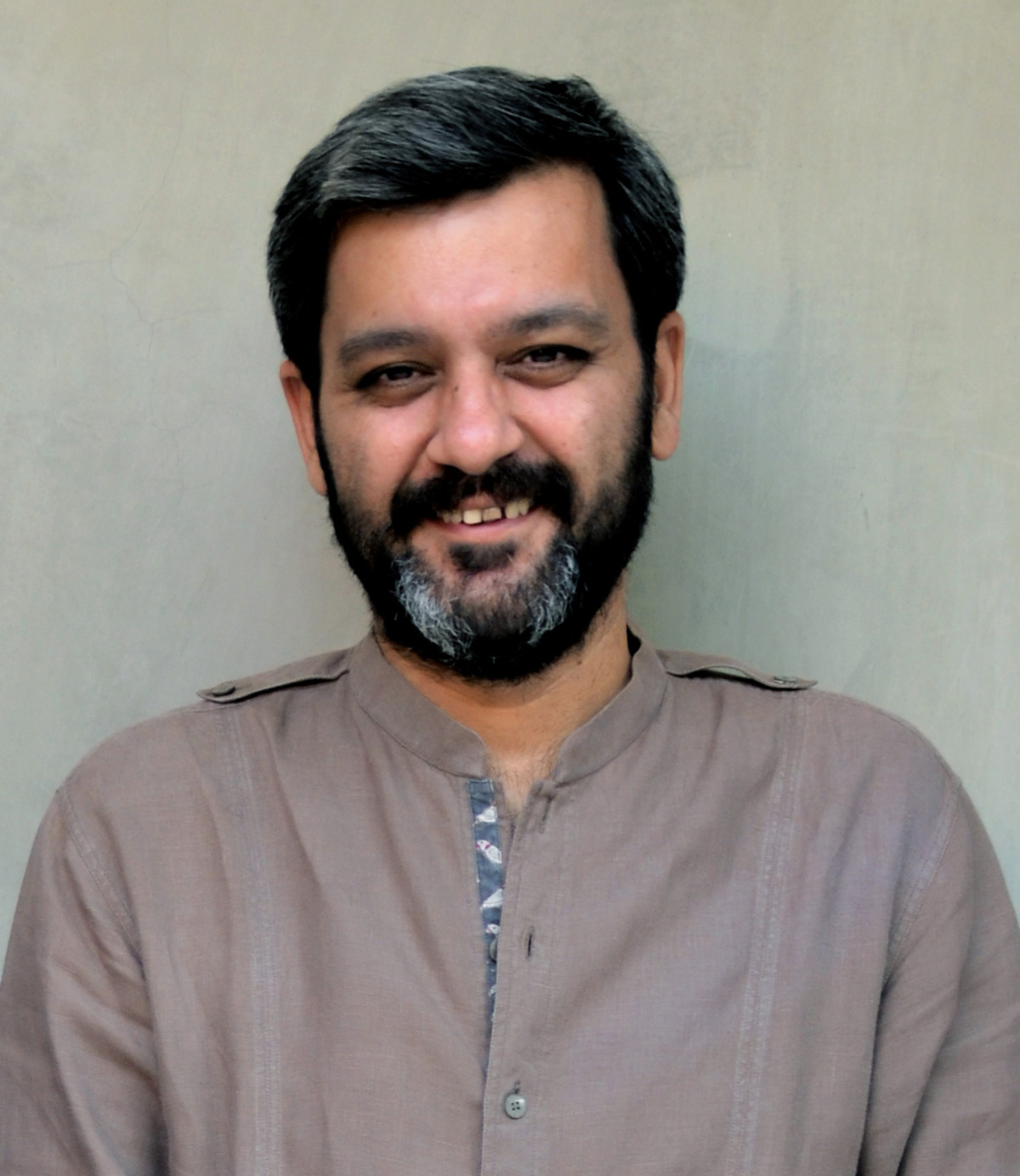Sustainable architecture and designs have been the discussion points for many years. Yet, it continues to be a “good to have” than “must have” factor in design. Collectively, where are we going wrong?
Sustainability isn’t a “feature” ascribed to a project. It is an attitude underlying the whole process of creation of the project, a way of being and thinking — where at every stage of the project, one is conscious of its ecological, social and cultural impact. I believe sustainability encompasses every aspect of design thinking. It needs to be viewed through a holistic lens; it’s not about ticking off the boxes.

Sustainability costs money - is one of the arguments you often hear. How can this be resolved?
I do not think so. Over a building's lifecycle, an intelligently designed system that integrates a sustainable way of thinking is often cheaper in the long term. Additionally, it depends what costs are we talking about – is it only direct Rupee spend? Or where is that money being spent as well – what about the loss to the environment? We need to find a measure for all of these as well and factor that in our decision making.
A lot of ‘green projects’ in the country are currently about using bioclimatic architecture and saving energy. What are the pitfalls we need to be wary of?
I think it is great that an increasing number of projects are taking on a more a regional response to environmental context. We, as a nation, are endowed with the most potent repository of centuries-old bioclimatic building wisdom. For these solutions to be successful at a large scale in contemporary architecture in a country like ours, we need to focus on the following:
Keep it simple and frugal – We need to be cognizant of the law of diminishing returns as we go into higher levels of complexity for diminishing returns in environmental savings. Often simple, straightforward solutions like shading, low wall-window ratios, appropriate orientation, minimizing building footprint and cross ventilation yield 90 per cent of the gains without needing to go in for the next layer of expensive materials and technologies.
Glass once made it to the list of sustainable materials. However, if you see several green buildings in the metros, they contribute to a rise in the local temperature due to the greenhouse effect.
Glass serves the fundamental role of admitting daylight. However, even the double-glazed units would have a U-value (thermal transmission index) of about of three to four times as compared to a traditional brick cavity wall, or even higher as compared to an insulated brick wall. In the context of our climate, glass must be used responsively and responsibly – factoring in solar orientation, created naturally lit glare-free spaces within limited wall-window ratios to minimize heat gain.
Recycled material still forms a small part of projects today. For instance, Mumbai alone produces 1000 tonnes of concrete debris. How do we solve this issue? How can we use design to make buildings which are green through its lifecycle and beyond?
There is a total apathy when it comes to circular building and circular economy of materials, as we architects are so caught up with our desire to create new masterpieces without delving deeply into the life cycle of building materials and cost to the planet.
I believe this it needs to be tackled via a two-pronged approach, building awareness and creating alternatives. There needs to be a lot more data on carbon footprints of different materials and the true cost of a new building (which is the cost to the planet) versus studies on costs of adapting existing buildings. This will hopefully move the focus away from bringing down what are often sound structures to build new ones, with a more aggressive approach to adaptation of existing buildings, which have several decades of life still in them.
The second is to leverage technology to encourage sensitive building practices, such as construction blocks manufactured using recycled construction debris at one level and stem wastage through the use of recyclable or biodegradable materials when selecting material. Architecture that demonstrates a high degree of localization, re-configuration and modularity in light of evolving programme requirements needs to be the way forward.
Which are your favourite sustainable projects and why?
I’m immediately reminded of the Swiss Sound Pavilion, designed for the World Expo Hanover in 2000, by Peter Zumthor. The entire pavilion was constructed using raw timber sections, shipped to site after which the structure clamped together masterfully with only springs and tensioners, without damaging the timber. The assembly was later dismantled and all timber was returned to its original form ready for reuse on another project.
Another architectural marvel, which, while being an ingenious solution devised to fulfill water supply requirement, also highlights local cultural significance and community engagement — is the humble baoli or stepwell. Indian stepwells are considered sacred structures that replenish groundwater, and bring the community together in the remotest regions of the country, in a manner that stands relevant even today, centuries later and I have been fortunate to be part of projects where revival and even new constructions have integrated these amazing structures.
Vikas Dilawari and Brinda Somaya during the launch of Design Dekko, urged professionals to take up sustainable architecture and heritage conservation as part of their goals.
In this comment, sustainable architecture and heritage conservation are being looked at almost in isolation, as separate subdomains in the profession. I would urge professionals to examine sustainability as an intrinsic parameter that informs every decision arrived at, on every aspect of the project, from conception to on-site execution. As regards conservation, I believe that the greenest form of building is no building. Ours is a country with a living heritage, characterized by a continuum of rich architectural history, woven into the fabric of our everyday lives. Our guiding principle should always be to sensitively conserve, restore and repurpose existing buildings from a material, historical, and cultural perspective.